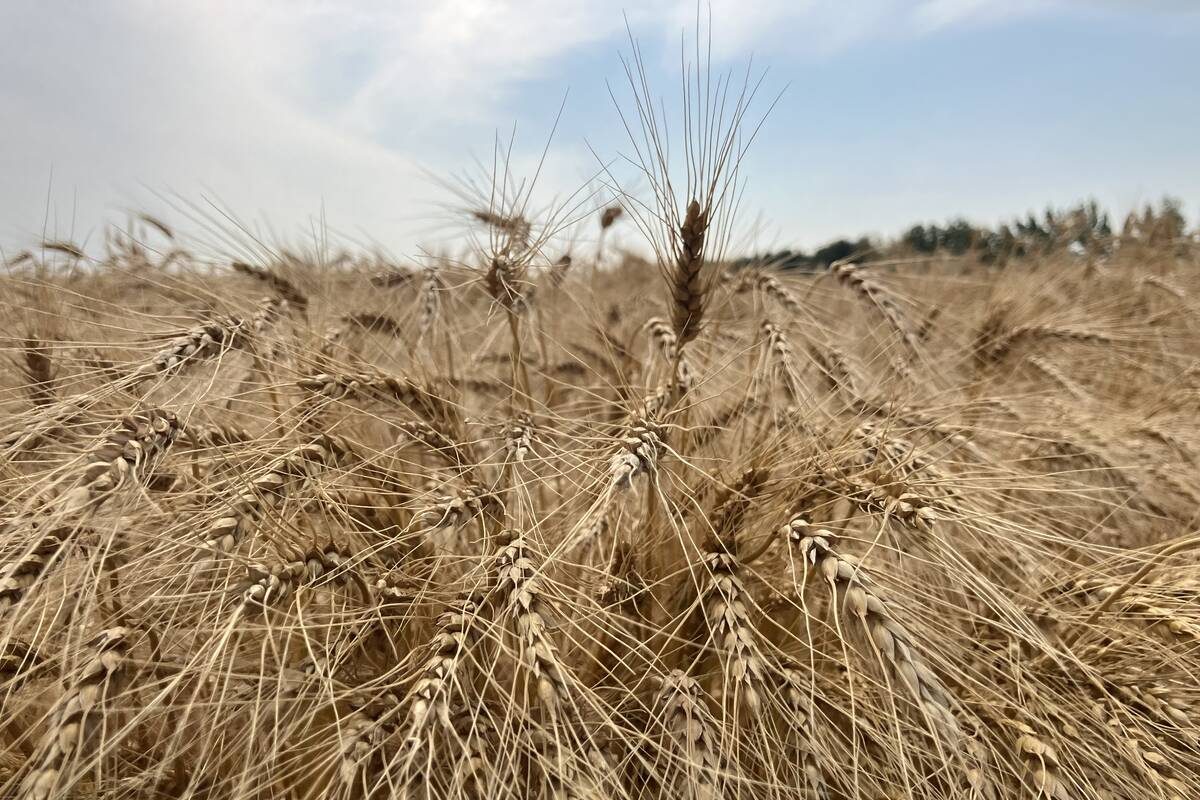Canadian wheat is on its way to becoming the new canola, industry officials said during a presentation here Tuesday at the annual Wild Oats Grainworld conference.
Todd Ormann, head of the crop portfolio for cereals at Syngenta Canada, said several major agribusinesses are noticing how important wheat is and are investing more money in research and development of new seed varieties, treatments and fungicides.
In the next five to 10 years, the industry is expected to invest $2.2 billion in technology for cereals. There should be less investment in herbicides, and more investment in fungicides, seed care and seed varieties, with the latter seeing the largest growth — the reason being that diseases and fungi are causing the most damage in wheat, and herbicides won’t do anything to combat those.
Read Also

Prairie Wheat Weekly: Wheat bids pressured on multiple fronts
Western Canadian wheat bids were mostly lower during the week ended Sept. 4, 2025 due to weather and potential high yields worldwide.
The research and technology would hopefully create a type of hybrid wheat that would change the industry in Canada. Similar investments were applied to canola in the past, and the hybridization of canola changed the western Canadian economy, said Daryl Domitruk, director of agrifood innovation and adaptation with Manitoba Agriculture, Food and Rural Initiatives.
Ormann said the increased funding and research could make it is possible to develop new wheat varieties that yield 20 per cent better by 2020, which would create an additional $2 billion for farmers across the country.
The only challenge is that it takes about seven to 10 years to create new seed varieties. Regardless, it is still an "exciting time" for the wheat market and the industry can expect to see changes in the market and the products that support it, Ormann said.
With the amount of investment into wheat research and development in Canada, the country should be a leader in the world and will most likely showcase what can be done with cereals in the next five to 10 years.
However, not all parts of Canada’s wheat industry have the same positive outlook. There still need to be some significant changes on the logistics side of things to help the industry function at full capacity in the post-Canadian Wheat Board world, said Gary Williams, senior market manager with Scoular Canada.
Williams said railroad efficiencies need to be gained, Canada and the U.S. need to work together to streamline grades to help reduce confusion for international buyers, and elevators need to change to a system where they don’t take in so many different crops, instead becoming more specialized.
— Terryn Shiells writes for Commodity News Service Canada, a Winnipeg company specializing in grain and commodity market reporting.
Related stories:
DuPont Pioneer now eyeing biotech wheat, Feb. 26, 2013
Biotech wheat research deal eyes Canadian market, July 7, 2010
GM varieties on agenda in wheat development deal, April 8, 2010
Monsanto invests in U.S. wheat, July 14, 2009














